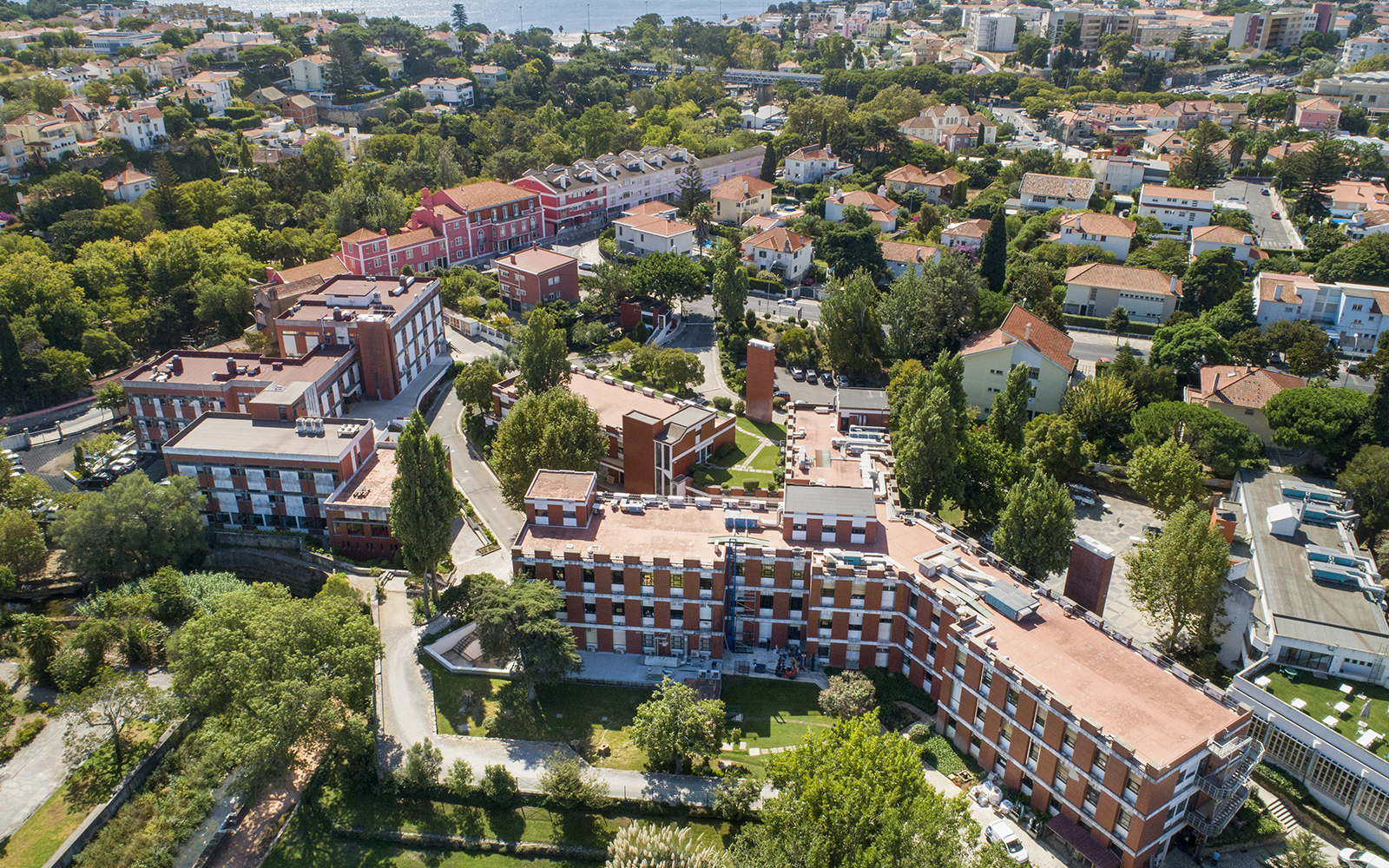Slider de Eventos
Data
- / Cancelado / Esgotado
Local
Sala virtualDefesa de Tese
Pode consultar o resumo desta defesa de tese em inglês.
PhD Thesis Defense Bruno Alexandre Teixeira Peixoto 27/07/2021 14:00 Zoom
Speaker: Bruno Alexandre Teixeira Peixoto
Host: Plants4Life2016 and Elena Baena
Title: The SnRK1 kinase: novel regulatory mechanisms and its role in metabolic homeostasis
President of the Jury: Doutor Nelson Saibo, ITQB-NOVA
Jury members:
Dr. Camila Caldana Max Planck Institute of Molecular Plant Physiology Golm, Germany – main jury member
Prof. Dr. James Lloyd Stellenbosch University Stellenbosch, South Africa – main jury member
Dr. Cleverson Carlos Matiolli Instituto de Tecnologia Química e Biológica António Xavier Oeiras, Portugal – jury member
Dr. Rita Abranches Instituto de Tecnologia Química e Biológica António Xavier Oeiras, Portugal – jury member
Dr. Elena Baena, Instituto Gulbenkian de Ciência Oeiras, Portugal - supervisor
Abstract:
Plant metabolism is tightly controlled to ensure that carbon resources are optimally invested to maximize growth and fitness. One major regulatory system involved in metabolic control is the so-called sucrose-trehalose 6-phosphate (Tre6P) nexus. In this system, Tre6P mirrors sucrose levels and acts as a signal of sucrose availability, regulating its synthesis and consumption to maintain sucrose within optimal levels. This is partly achieved by the diversion of photoassimilates towards organic and amino-acid synthesis when sucrose levels (and in consequence Tre6P) rise, thereby reducing further production of sucrose.
Another component implicated in metabolic regulation is the SNF1-Related protein Kinase 1 (SnRK1). SnRK1 is an evolutionarily conserved carbon sensing kinase whose core function is to maintain cellular and whole-organism energy homeostasis. SnRK1 is activated when energy levels decrease (e.g. during stress), implementing an energy conservation programme that favours catabolic (energy-producing) over anabolic (energy-consuming) processes. Conversely, SnRK1 is inhibited by Tre6P, which signals sucrose availability. SnRK1 functions by phosphorylating a wide range of downstream targets, from enzymes of primary metabolism to transcription factors. Due to its association to stress, SnRK1 gain- and loss-of-function mutants have been mostly characterised under a wide range of stress conditions. However, the physiological relevance of SnRK1 function under non-stress conditions, in particular in source tissues, remains largely unexplored. The fact that SnRK1 manipulation results in diverse growth and developmental phenotypes, together with the fact that full snrk1 loss-of-function mutants could never be retrieved in higher plants, argues in favour of essential functions in homeostatic control also under stress-free conditions. This prompted the main hypothesis of this work, that SnRK1 plays important functions in metabolism and gene expression under the regular diurnal cycles.
In this work I show that genetic manipulation of SnRK1 leads to severely altered Tre6P levels in mature Arabidopsis rossettes, with overexpression of the ?1 catalytic subunit enhancing Tre6P accumulation during the day-night cycle. On the other hand, depletion of SnRK1 catalytic subunits leads to the opposite phenotype, with Tre6P levels barely reaching the minimum values observed in wild-type (WT) plants. Despite their highly elevated Tre6P content, SnRK1?1 overexpressing plants showed WT levels of glycolytic and TCA cycle intermediates. Conversely, low Tre6P accumulation in the SnRK1?1 loss-of-function line was accompanied by reduced glycolytic intermediate accumulation and increased levels of citrate, aconitate, and isocitrate. This suggests that the previously reported effects of Tre6P on metabolism rely at least partly on SnRK1. Furthermore, the SnRK1 mutant lines presented an altered sucrose-Tre6P relationship, with a disproportionally larger effect of SnRK1 mutations on Tre6P than on sucrose. These observations implicate SnRK1 in the regulation of Tre6P accumulation in response to sucrose.
Transcriptomic analysis of WT plants revealed a peak of expression of SnRK1-induced genes at the end of the night, when carbon reserves are lowest, and a progressive downregulation towards the end of the day, when carbon reserves are highest. This prompted the hypothesis that SnRK1 is under Tre6P regulation also in differentiated mature leaves and that its activity is determined by diurnal Tre6P cycles. Using an inducible overexpressor of the Escherichia coli Tre6P-synthetizing enzyme (OtsA) we could indeed verify that an artificial increase in Tre6P levels during the day was sufficient to repress SnRK1 marker gene expression. Transcriptomic analyses additionally revealed a putative role for SnRK1 signalling in iron and sulphur metabolism. Loss of SnRK1 function resulted in strong downregulation of genes associated with an iron starvation response. Iron and sulphur are highly reactive nutrients that must be kept under tight stoichiometric balance to avoid oxidative damage. In line with the strong repression of several iron starvation genes, the SnRK1 loss-of-function mutant showed upregulation of genes associated with sulphur starvation, but only at the end of the night. These results disclose a putative novel function of SnRK1 in iron and/or sulphur nutrition.
Finally, analysis of the SnRK1?1 gene identified alternative splicing as a source of subunit diversity. We detected three different transcripts in planta, all of which encode different protein products. Confocal laser scanning microscopy analysis of Nicotiana benthamiana leaves, transiently overexpressing GFP-tagged SnRK1?1 splice variants, showed these different subunits accumulated in distinct subcellular compartments. Furthermore, bimolecular fluorescence complementation assays suggested all three variants possess the ability to interact with the SnRK1?1 catalytic subunit in vivo. Metabolite profiling of T-DNA and SnRK1?1.1 overexpressor mutants revealed only minor changes in nitrite, which are in agreement with the previously described repressive effect of SnRK1 on nitrate reductase via this subunit. Altogether, this thesis identified novel regulatory mechanisms of SnRK1 at the levels of RNA processing and metabolism. This work further uncovered a central role of SnRK1 on sucrose homeostasis, both by blocking diversion of the flux of carbon away from sucrose and by translating changes in sucrose content into mirroring Tre6P levels. These results highlight a prominent function of SnRK1 in orchestrating plant metabolism and gene expression during the normal day-night cycle.
ORADOR
Bruno Alexandre Teixeira Peixoto
Instituto Gulbenkian de Ciência
